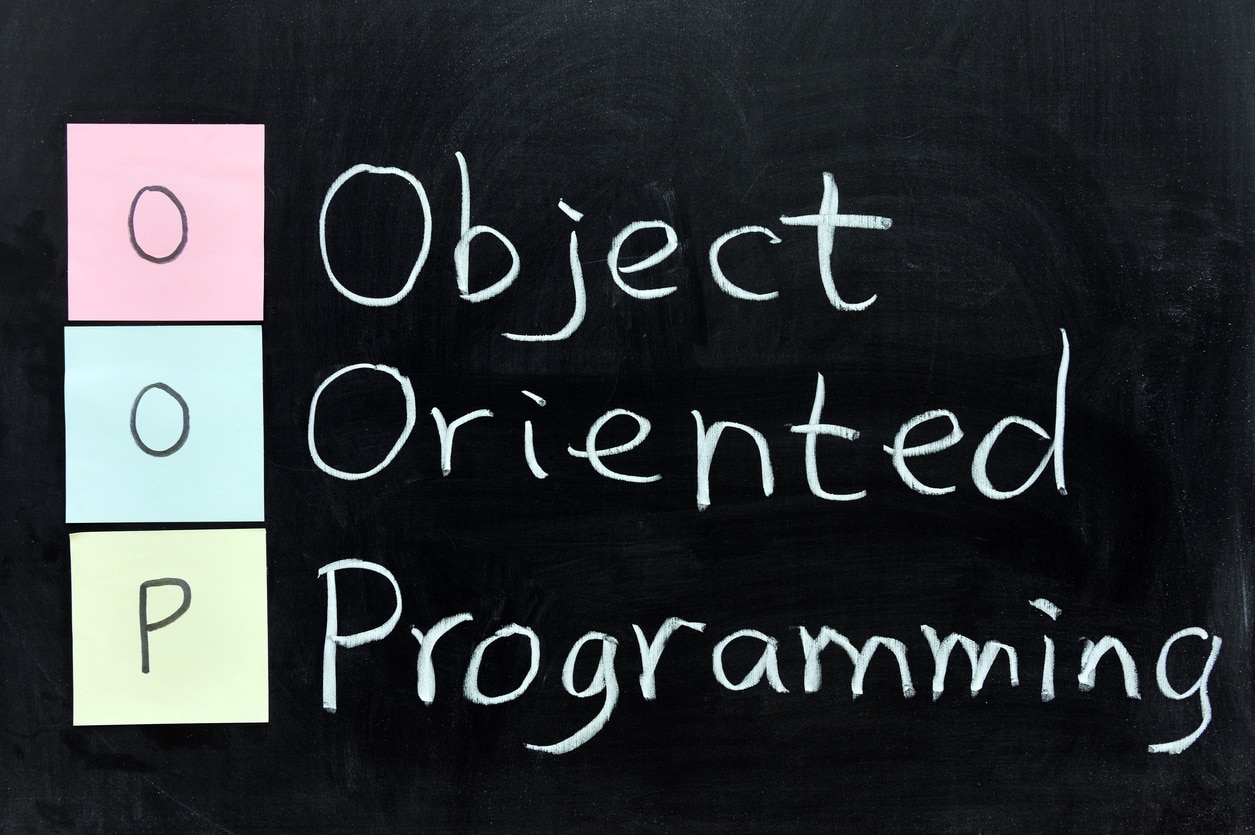There are a variety of definitions of the term DevOps out on the web. Interestingly, all of it is true to the subject matter at hand in their unique ways. If you see different takes on explaining the same concept in various sources, do not get flustered. Allow us to introduce you to the standard definition of DevOps.
DevOps essentially is a philosophy wherein the communion of the development and operations is conceived for product lifecycle management. It is as simple as that! However, it is essential to note that DevOps solves an underlying problem in the lifecycle management of a product or service you want to roll out to the end-user.
The problem at hand
Usually, if it’s a web-startup at its nascent stage, the teams entrusted to handle different product development phases and marketing are closely knit. In such cases, every member knows about their role, and there is complete communication. So, time to market is not affected.
Now, consider a team like Uber, which has different teams handling different sections. But at DevOps, we are concerned with the developments and operations.
In such a working ecosystem, it becomes tough to establish seamless communication between the individuals who are building the product and the ones who are taking it forward. This is where DevOps’ role comes into play, i.e. to keep members on both sides of the wall informed about the other’s action.
Also Read: What are the career prospects for a DevOps Engineer?
Role of automation in the DevOps process
Walking through the software development lifecycle journey brings into play several variables, which hinders the executable property of the technology stack. Dealing with all of these variables, including standardization, is a time-consuming process.
Now, to add flexibility and agility to this process, the power of automation is being ushered in. Besides declaring the tech stack executable, automation also fills the gaps in various phases of SDLC.
The number story
- Here is a table highlighting trends of DevOps automation tool adoption.
| Year | Adoption |
| 2015 | 66% |
| 2016 | 74% |
| 2017 | 77% |
- According to Statista, the percentage increase in DevOps automation increased by 14% in 2018 compared to the 2017 growth of 10%.
List of popular DevOps Automation Tools
Docker
Docker addresses the classic problem of running the product that you have created in different environments.
Usually, when the product is tested in the developer’s system, it works just fine. But the very moment it is executed in a different approach, performance errors show up. There can be varied reasons for this; it may be due to missing dependencies or various other reasons.
Docker solves this problem with containers that pack in the source code, config files, and other vital elements to run the application in a different setup.
The best thing about docker is that it allows the developers to share the containers. Another crucial thing about docker is its seamless integration to cloud computing. Hence, it does not come as a surprise that Google and AWS have docker support.
Github
Whether you are a team of two or ten or twenty, Git is one ideal DevOps tool that you must be already using. Git is essentially a source code management tool, where the team members can track the code changes and add new versions or revert to previous within an instant.
To allow your team members to interact with your code, you need to host it into a repository like Github and Bitbucket.
If you already have some idea about Github, and not that much about bitbucket; we can safely assume the former is the popular one. Github, since it was launched in 2000, has been a revelation in software development.
It allows the members to work on the same source code and add their inputs. These changes can be tweaked around by other team members to enhance the project. When the members are satisfied with the code’s different segments, they can merge it all into the source code.
Jenkins
Developers’ life before Jenkins was about waiting because they had to wait for other team members who might be in different parts of the world, adding their code to the repository. Team members meeting their coding commitments was the key. If one team member delays, the coding responsibility is broken, hence there is a delay in testing.
Now, there are two ways that developers followed to meet the code commitment on time. One is the nightly build and the modern form of SDLC management’s continuous integration. Jenkins powers the latter approach wherein the code is automated for testing in a build environment, and there is no waiting for other team members.
Jenkins automated building a life cycle by allowing continuous integration of new code to the source code. It makes way for automated testing & reporting them before the final build is ready for the roll-out. There are various other open-source continuous integration tools out there, but Jenkins by far rules the roster.
Gradle
Launched in the year 2009, Gradle has fast become one of the popular build tools around.
It has the best of both Maven and Ants. However, at the same time, it is immune to the shortcomings of the two platforms in the discussion.
The potency of Gradel as a build tool can be figured out from the fact that Google did not feel the need to develop a separate build tool for Android Studio. Gradle is based on the Maven repository. So, projects can be easily imported to the Gradle.
Gradle allows the developers to write codes in various programming languages C++, Java, and Python. It also supports some of the popular IDEs like Netbeans, Eclipse, and IntelliJ IDEA.
The three key factors that augur the Gradle’s build performance are the combination of incremental build, daemon, and builds cache. The build cache reuses the output task, while the daemon stores information hot in between memory builds.
Slack
If everybody sends ten emails to each other daily in a small company, the number of mails waiting to be responded to would be substantial. Do the calculations as an employee of the number of the email you will receive; it is already getting a bit tough right. But when you scale that to a hundred or say thousand employees and increase the number of mails even by a fraction more, you are in an awful email-mess.
That’s where Slack comes into play; it removes the emails to messages delivered through categorized channels, not inbox. These channels are segmented in the form of operational activities that are undertaken in a business ecosystem.
Now, with segmentation, each employee can quickly respond to queries on that specific channel. This streamlines the flow of communication across organizations. It ditches the philosophy of members first and ascribes to the team first.
Conclusion
Here, we have mentioned the five popular DevOps automation tools that automate the development process. This list is a small fragment of the ‘n’ number of tools that are present today at the disposal of companies. Some of these DevOps automation tools are replicas of the other, so it is vital to choose the dominant mechanism for a specific purpose.
Another critical thing to note here is that it is necessary to balance automation and legacy processes. Automation of mundane, repetitive tasks makes sense, but adding automation to the standard legacy mechanism can delay the process.
All of it boils down to knowing the requirements in and out to, not over-do automation. To learn more about such concepts, join Great Learning’s PG Program in Cloud Computing and upskill today.
Also Read:
Top DevOps Interview Questions 2020
How to create a DevOps Engineer Resume – Complete Guide
Career Opportunities for DevOps Professionals in India









